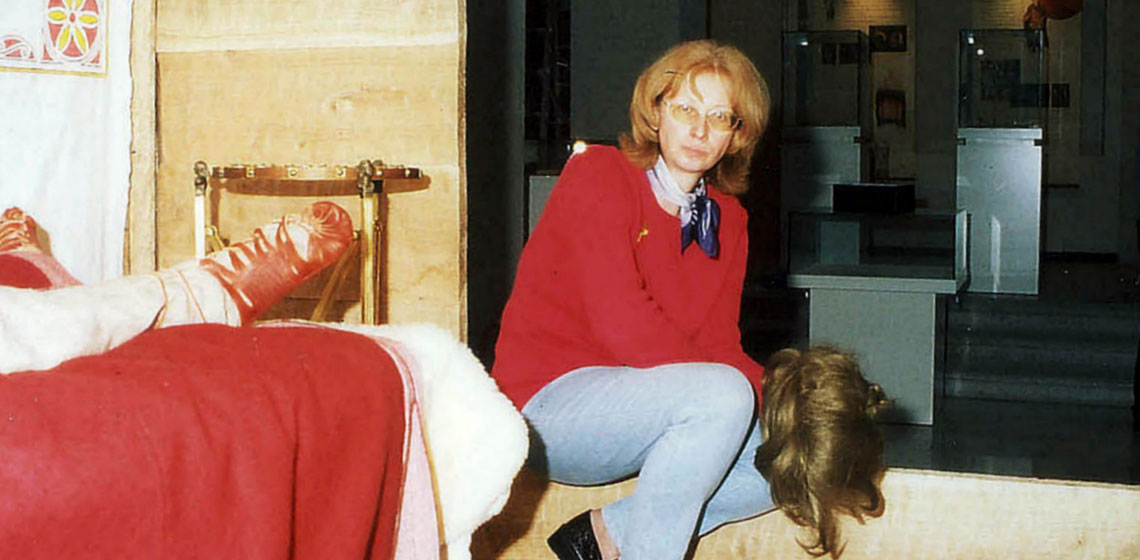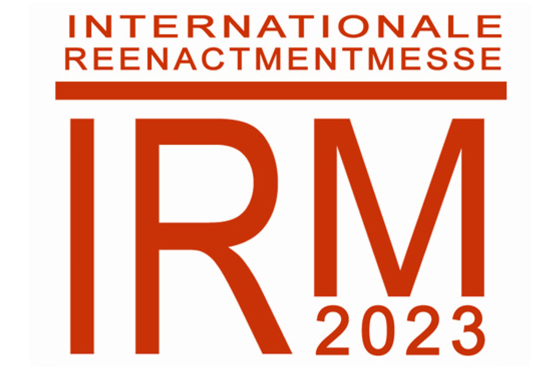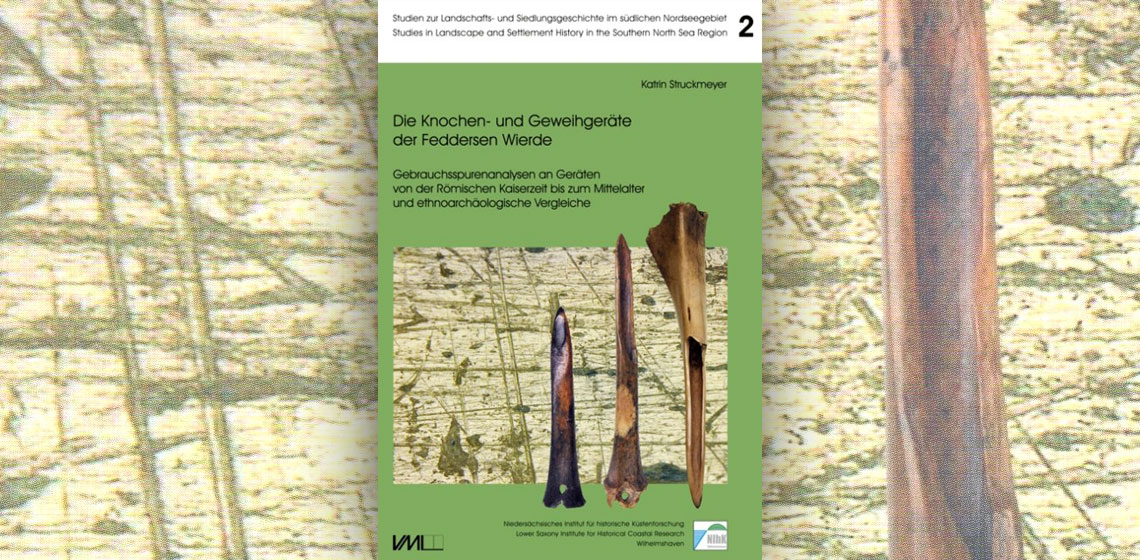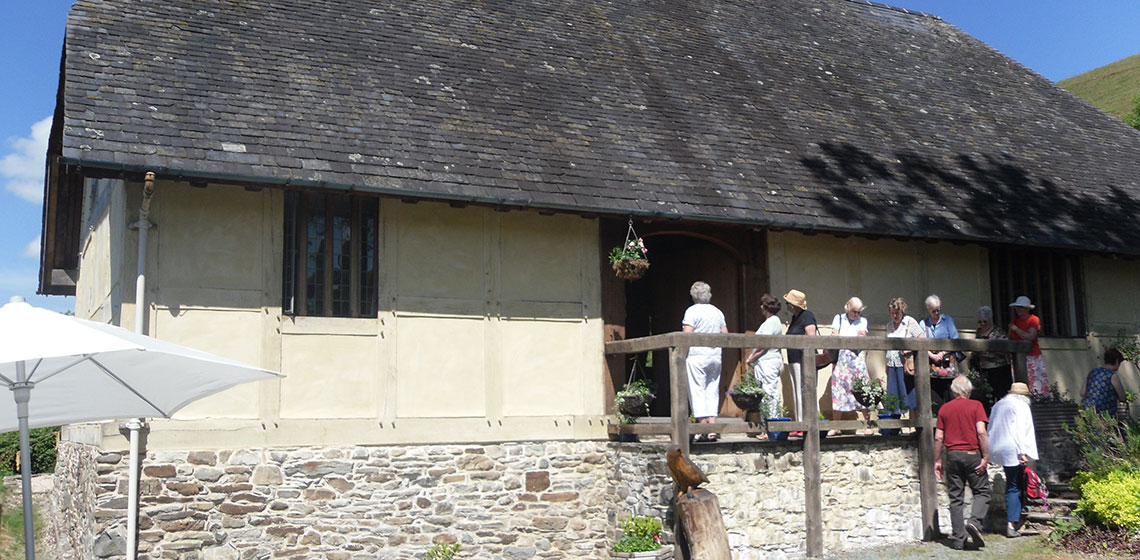Germany
Frank Wiesenberg
Starting in 1996 with Roman crafts living history demonstrations, I co-founded the project "Römischer Vicus", presenting several demonstrations of a dozen craftspeople on the website www.roemischer-vicus.de and attending Roman living history events in Germany
IRM - International Reenactment Market
The international reenactment fair IRM is the first cross-epoch trade fair for living history, reenactment, archaeotechnology and experimental archeology in Germany.
Book Review: Die Knochen- und Geweihgeräte der Feddersen Wierde by Katrin Struckmeyer
International Learning Partnership: Living History and Adult Education in the Museum
Discussion: Archaeological Reconstruction in Situ
A view of John H. Jameson (USA)
At historic sites, monuments, and parks, the process of effective interpretation allows each visitor to find an opportunity to personally connect with a resource or place. Each individual may connect to the place in a different way, and some may not connect immediately, but everyone should have an opportunity to explore how that special site or place is meaningful to them.
I saw visitors throw coins into a few of the wooden canoes in the museum. Why (DE)?
This question rather requires answering by ethnologists. From archaeological view, this phenomenon can easiest be explained as the popular adaptation of earlier ‘”water cults”. From prehistory, we know numerous sacrifices...
Did the Neanderthal people have any gods or religion (NL)?
We do think so, as the Neanderthals buried their dead with care. Therefore we think they believed the deceased would live on in another world...
How many people lived in a Neolithic house in Northwest Schleswig (DE)?
This is not easy to say. We think that it could have been about ten persons in one long-house – all ages, all sexes, all social groups. We only can make comparisons to houses from younger times to get some idea...
Are there finds from furniture dating back to the Lake Dwelling Times and how did they look like (DE)?
Yes. We know rests from chairs, beds as well as racks, both from the Stone Age as the following Bronze Age. They were not at all worked as artistically as the furniture from the Mediterranean we know from the same era or from the Near East. They are more the results of sound craftsmanship...






